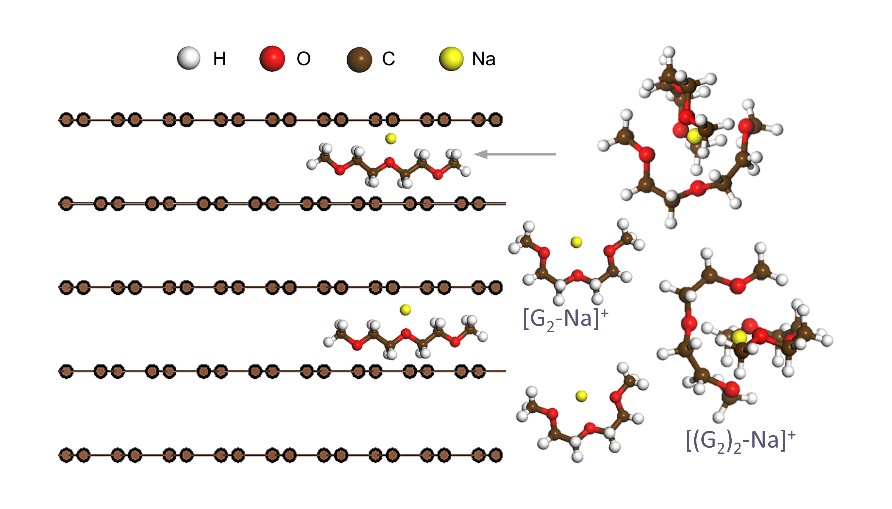- About
- Academics
-
Undergraduate Programs
- Civil and Environmental Engineering
- Architecture and Architectural Engineering
- Mechanical Engineering
- Industrial Engineering
- Energy Resources Engineering
- Nuclear Engineering
- Materials Science and Engineering
- Electrical and Computer Engineering
- Naval Architecture and Ocean Engineering
- Computer Science and Engineering
- Aerospace Engineering
- Chemical and Biological Engineering
-
Graduate Programs
- Civil and Environmental Engineering
- Architecture and Architectural Engineering
- Mechanical Engineering
- Industrial Engineering
- Energy Systems Engineering
- Materials Science and Engineering
- Electrical and Computer Engineering
- Naval Architecture and Ocean Engineering
- Computer Science and Engineering
- Chemical and Biological Engineering
- Aerospace Engineering
- Interdisciplinary Program in Technology, Management, Economics and Policy
- Interdisciplinary Program in Urban Design
- Interdisciplinary Program in Bioengineering
- Interdisciplinary Program in Artificial Intelligence
- Interdisciplinary Program in Intelligent Space and Aerospace Systems
- Chemical Convergence for Energy and Environment Major
- Multiscale Mechanics Design Major
- Hybrid Materials Major
- Double Major Program
- Open Programs
-
Undergraduate Programs
- Research
- Campus Life
- Communication
- Prospective Students
- International Office
Research Team Led by Professor Kisuk Kang of the Department of Materials Science and Engineering Develops High Power Na-ion Battery Using Graphite as Anodes
-
Uploaded by
관리자
-
Upload Date
2019.08.20
-
Views
855
Research Team Led by Professor Kisuk Kang of the Department of Materials Science and Engineering Develops High Power Na-ion Battery Using Graphite as Anodes
- Low-cost, Eco-friendly, High-power Graphite Anode Materials via Ion-Solvent Co-Intercalation
▲ (RIGHT) Professor Kisuk Kang and (LEFT) Doctor Zhenglong Xu of the Department of Materials Science and Engineering
SNU College of Engineering (Dean Kookheon Char) announced on 1st that the research team led by Professor Kisuk Kang of the Department of Materials Science and Engineering succeeded in developing next-generation anode materials for high power Na (sodium) ion battery using cheap graphite. The battery created boosts the highest power density among all reported Na-ion batteries.
With the abundant supply of sodium on Earth, Na-ion batteries are noted to be one possible replacement for lithium-ion batteries as the future’s energy storage device. Reading the trend, Kang’s team suggested a Na-ion battery technology using cheap graphite as anodes for fast charge and discharge rates.
The team first resolved the thermodynamic instability that occurs when sodium ion is singly inserted between layers of graphite. Through ion-solvent co-intercalation, sodium ion could be intercalated into graphite. The team then maximized the power density of Na-ion battery by tuning the co-intercalation of graphite to as large as 0.38V. As a result, they developed a new battery with a high power density of 3863 W kg-1 and an extremely low capacity fading rate of 0.007% per cycle over 1000 cycles. It is the most competitive choice among all sodium-ion batteries reported.
Professor Kang stressed, “We have discovered an important phenomenon of the intercalation of organic solvent into carbon to create Na-ion batteries using graphite electrodes. We will use the co-intercalation mechanism to suggest new directions in the development of Na-ion batteries.”
The findings were published on the Nature Communications on June 13th and was also introduced in its “Editor’s Highlights” page. This research was conducted with support of the Future Materials Discovery Project of the National Research Foundation of Korea.

▲ Schematic Illustration of Solvated Na-ion Co-Intercalating into Graphite Galleries